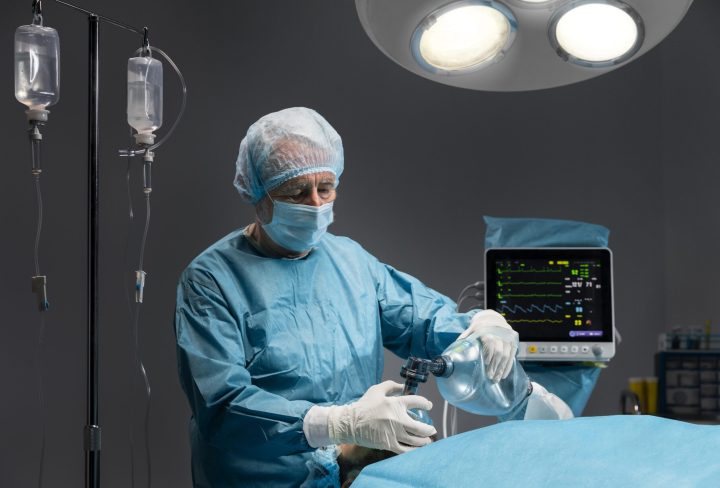What is Difficult Airway Management?
Difficult airway management means doctors have trouble keeping a person’s breathing passage open. This can happen during surgery or emergencies. Sometimes, the airway is hard to see or reach. As a result, special tools or skills may be needed. Complications in difficult airway management can make breathing unsafe. Because of this, doctors must act quickly and carefully.
Why is Airway Management Important?
Airway management helps people breathe when they cannot do so on their own. For example, during surgery, anaesthesiologists use special methods to keep the airway open. If the airway is not managed well, oxygen cannot reach the lungs. Therefore, the brain and other organs may not get enough oxygen. This can cause serious health problems. So, safe airway management is very important for patient safety.
Common Complications in Difficult Airway Management
Even with skilled doctors, complications can happen. Some common complications in difficult airway management include:
Because these risks exist, doctors use many safety steps. However, some complications can still occur.
Causes and Risk Factors for Complications
Many things can make airway management more difficult. For instance, some people have small mouths or large tongues. Others may have neck injuries or swelling. The following are common causes and risk factors:
Additionally, children and older adults may face higher risks. Because of these factors, doctors check patients carefully before any procedure.
How Complications are Detected and Managed
Doctors watch for signs of trouble during airway management. For example, they check oxygen levels and listen for breathing sounds. If a complication happens, they act fast. Some ways to manage complications include:
Because quick action is vital, teams practice these steps often. According to the World Health Organization (WHO), early detection saves lives.
Prevention and Safety Measures
Doctors and nurses use many steps to prevent complications. For instance, they review the patient’s history and do a physical exam. Some key safety measures include:
Because safety is a top priority, hospitals follow strict guidelines. The Centers for Disease Control and Prevention (CDC) also recommends regular training for staff.
When to Seek Medical Help
If you or a loved one has trouble breathing, seek help right away. For example, signs like noisy breathing, blue lips, or sudden swelling need urgent care. After surgery or anaesthesia, watch for chest pain, coughing, or shortness of breath. If any of these happen, call your doctor or go to the emergency room. Early treatment can prevent serious problems.
If you have concerns about anaesthesia or airway management, consult a qualified specialist for personalized advice.
